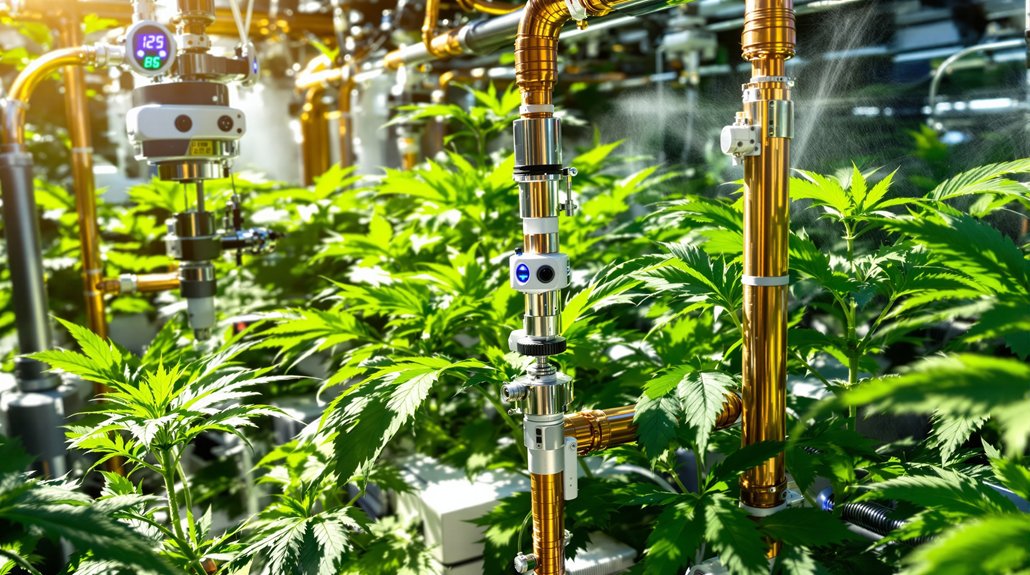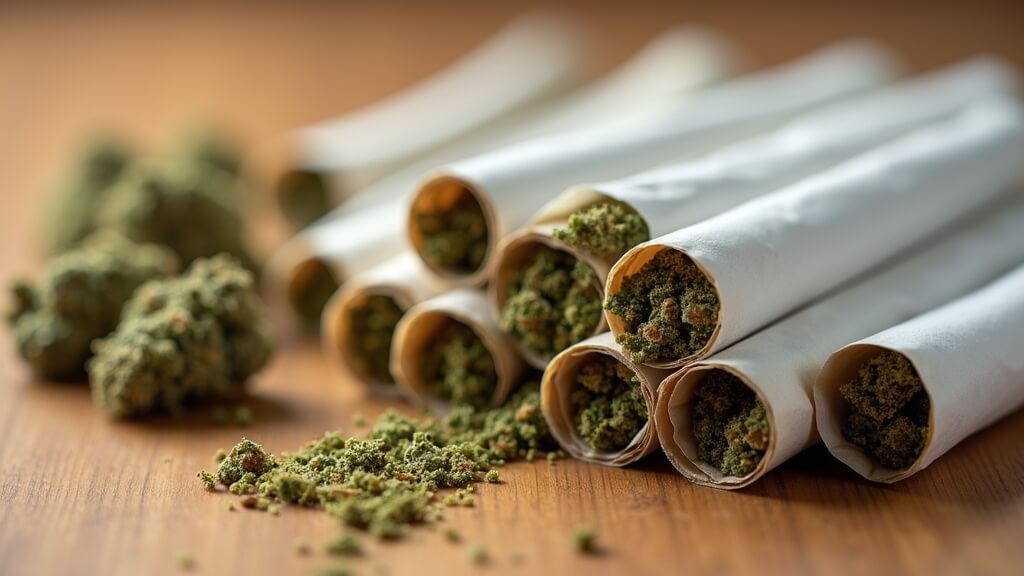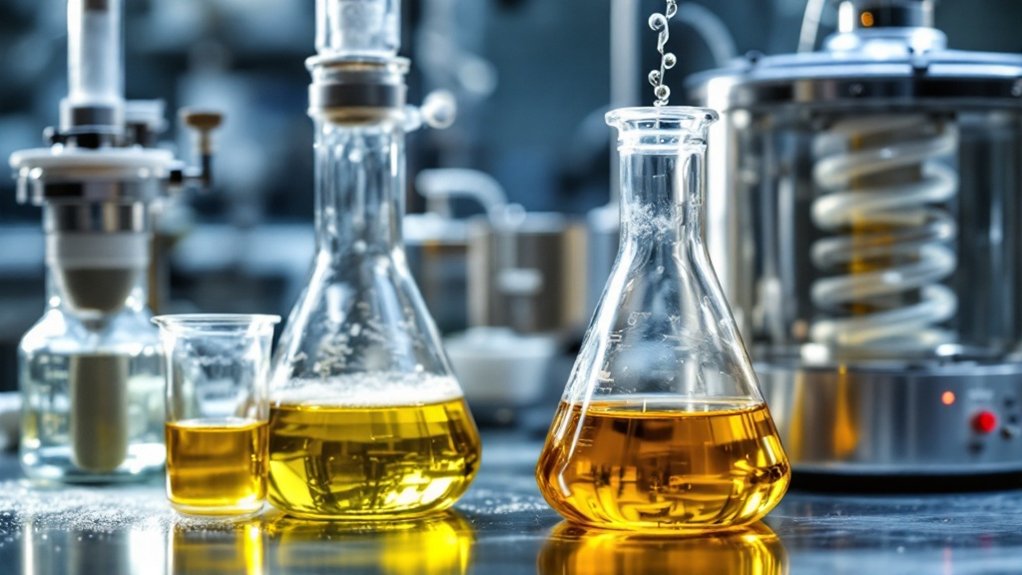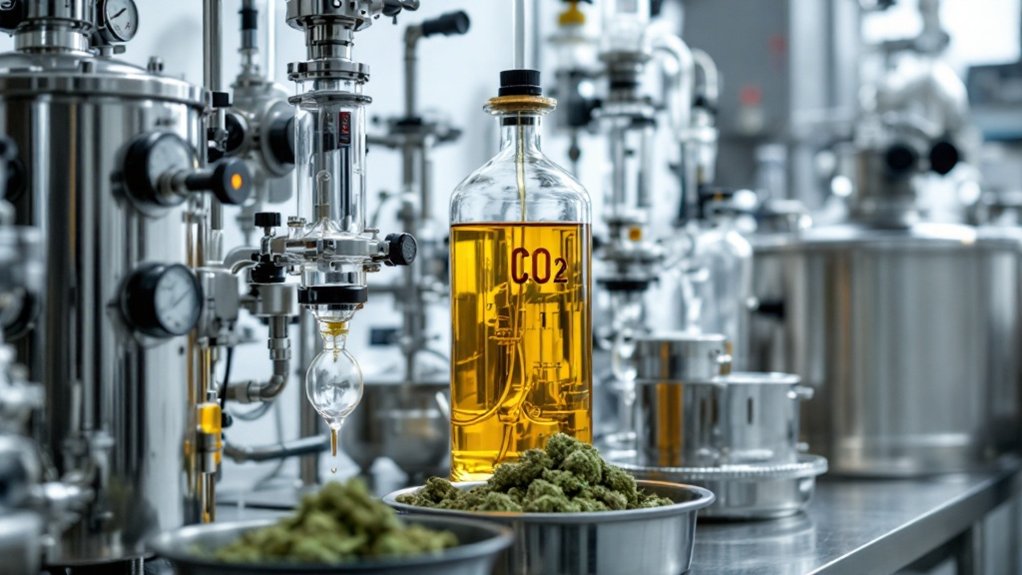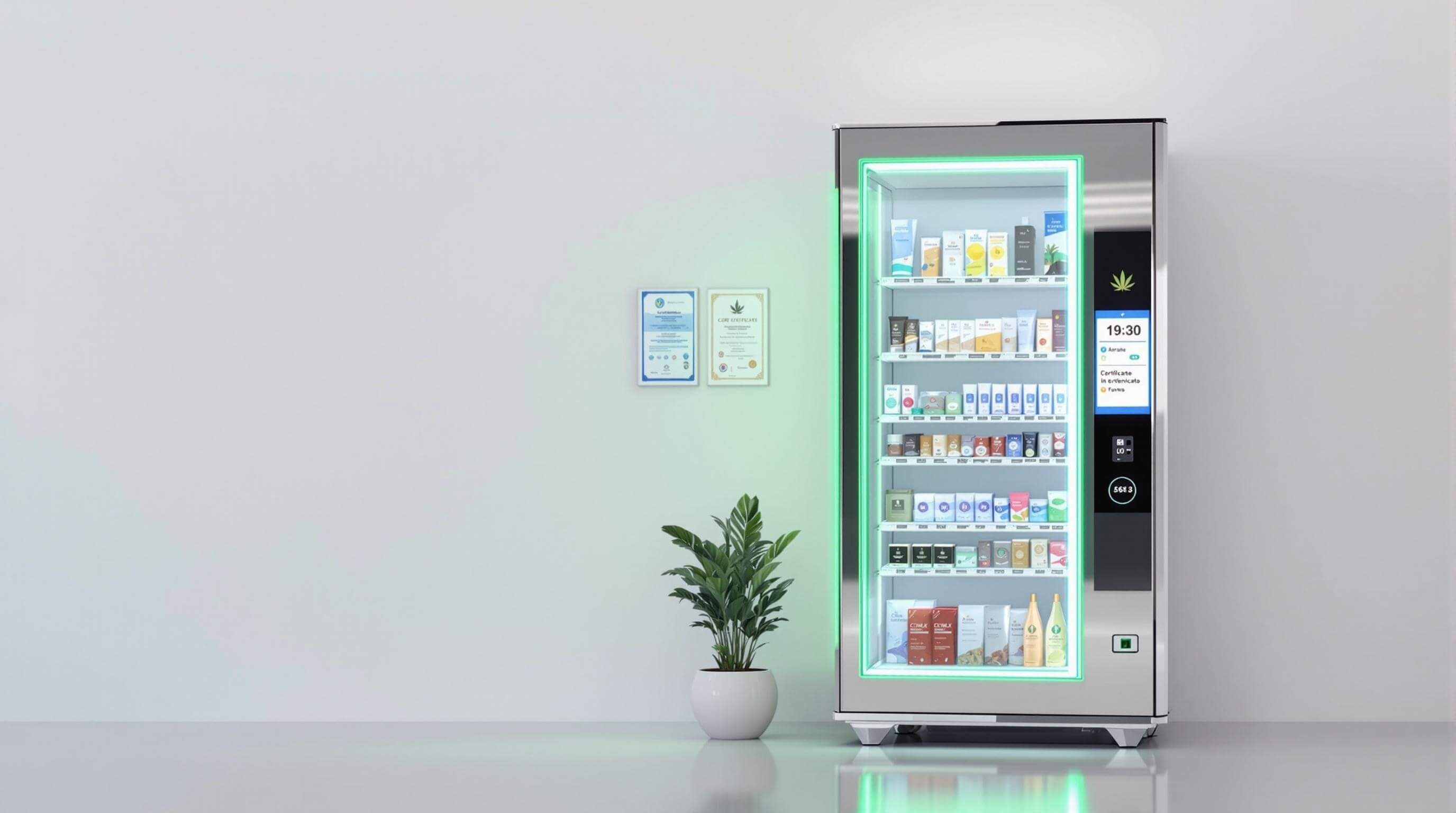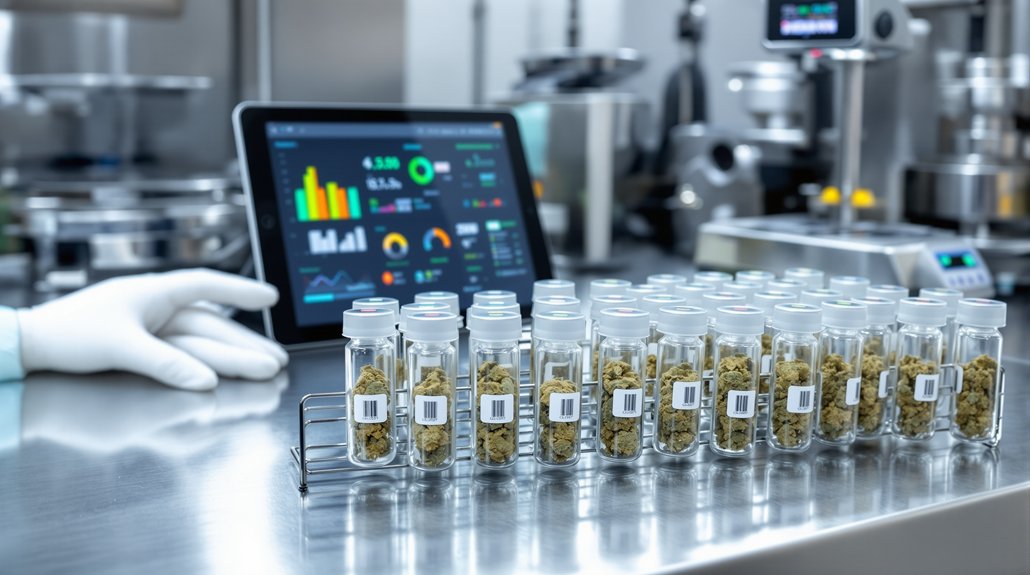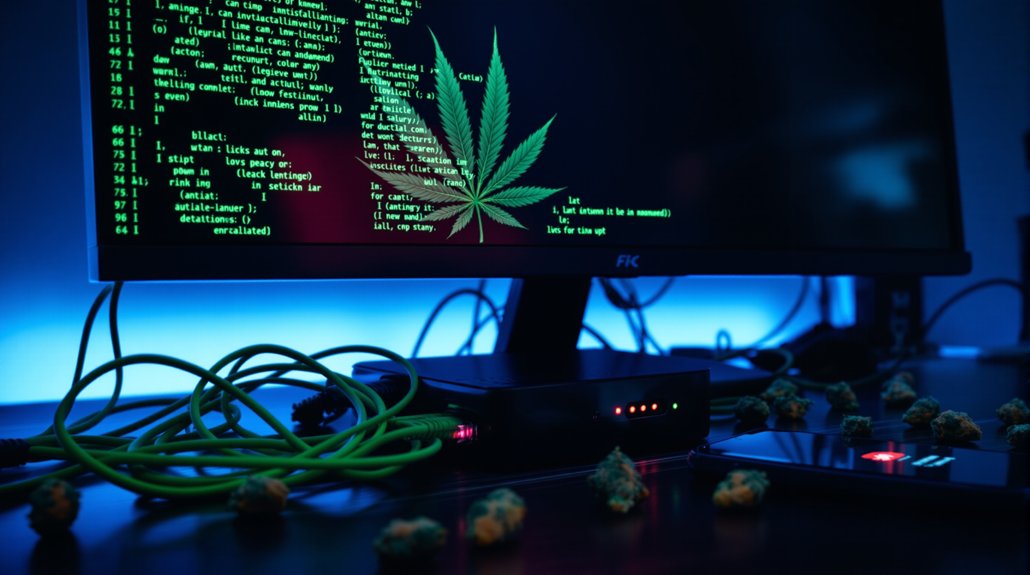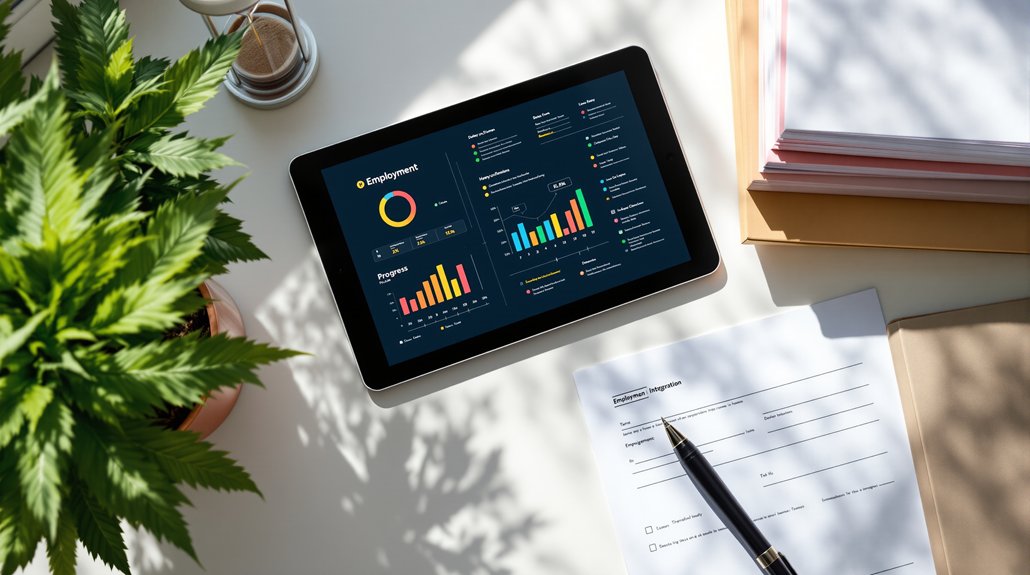AI-powered agricultural systems integrate precision irrigation technology with soil moisture sensors, weather stations, and automated controls to reduce water usage by 20-72%. Machine learning algorithms optimize nutrient delivery through fertigation, synchronizing fertilizer application with real-time soil feedback and crop growth stages. Interconnected sensor networks monitor temperature, humidity, CO₂ levels, and light intensity while reducing manual labor by 80%. Cloud-based platforms enable 24/7 remote management through mobile devices, providing detailed automation that transforms modern farming operations.
AI-Powered Irrigation and Nutrient Management Systems
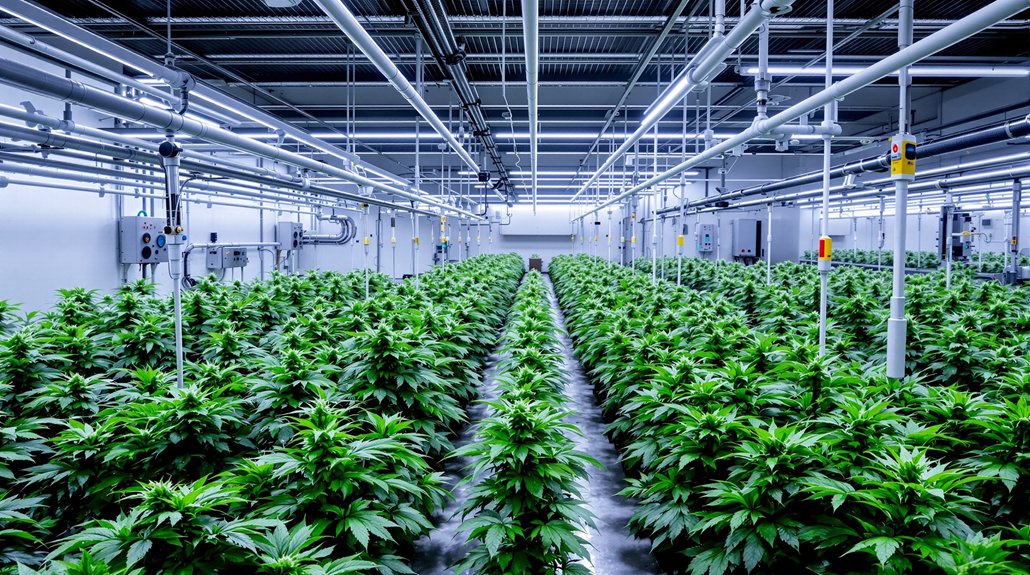
Modern agricultural operations increasingly rely on artificial intelligence to revolutionize traditional farming practices, particularly in the critical areas of water and nutrient management. AI-driven precision irrigation systems integrate soil moisture sensors, weather stations, and automated controls to collect real-time field data, enabling farmers to make precise watering decisions. These intelligent systems can reduce agricultural water usage by 20–72% while cutting operational costs and enhancing sustainability.
Machine learning algorithms optimize nutrient delivery through fertigation, delivering fertilizers according to crop stage and real-time soil feedback. This approach minimizes over-fertilization and runoff while predicting ideal fertilizer amounts based on plant type and yield goals. The synchronization of nutrient application with irrigation events maximizes resource efficiency, resulting in cost savings from reduced manual labor and more efficient nutrient use. These systems achieve 90% less water consumption compared to conventional agricultural methods while maintaining optimal growing conditions. AI systems also integrate with Variable Frequency Drives to optimize pump operations, ensuring energy-efficient water distribution while reducing overall operational costs. Advanced IoT devices continuously monitor environmental conditions and crop health parameters, providing farmers with comprehensive data streams that enhance decision-making capabilities across all agricultural operations.
Smart Environmental Control and Monitoring Technologies
Dozens of interconnected sensors now form the backbone of intelligent agricultural monitoring systems, creating extensive networks that track every aspect of crop environments in real-time. These sophisticated networks measure canopy temperature, soil moisture, air quality, CO₂ levels, and light intensity to perfect growing conditions and maximize photosynthetic efficiency.
Interconnected sensor networks continuously monitor crop environments, measuring temperature, moisture, and light conditions to optimize plant growth and maximize agricultural efficiency.
Multi-element monitoring includes meteorological data, soil nutrients, pH levels, and gas sensing to maintain ideal crop environments. These systems can reduce manual labor needs by up to 80% when properly implemented across cultivation operations.
Centralized management platforms upload sensor data for remote oversight, while industrial control modules enact automated responses when thresholds are breached. Intelligent linkage commands enable immediate system adjustments for temperature, humidity, and ventilation, stabilizing microclimates through AI-driven algorithms. Advanced device controllers receive commands from the central automation system to manage local equipment such as heaters, lights, fans, and irrigation pumps for fast, reliable environmental control.
IoT solutions connect distributed sensors to cloud analytics, providing 24/7 monitoring that reduces manual intervention and enables hands-off operation except for necessary alert-triggered actions. Cloud platform access extends to computers, mobile devices, and WeChat applications, allowing growers to manage equipment remotely without time or location restrictions.
FAQ
What Are the Initial Setup Costs for Ai-Driven Automated Growing Systems?
AI-driven automated growing systems require substantial initial investments ranging from $50,000 to $500,000 for a 1,000 square foot operation.
Core expenses include hydroponic equipment ($20,000-$70,000), LED lighting ($10,000-$25,000), climate control systems ($78,000-$280,000), and AI automation technology ($10,000-$25,000).
Additional costs encompass facility renovation ($30 per square foot), permits, certifications, and software integration.
Urban locations typically command higher setup expenses due to premium real estate and regulatory requirements.
How Do AI Systems Handle Power Outages or Internet Connectivity Failures?
AI systems incorporate multiple safeguards against power and connectivity disruptions. Battery backup systems maintain critical functions like watering and nutrient delivery during outages, typically lasting 30 minutes to several hours.
Edge computing enables local decision-making without internet access, while microcontrollers execute pre-programmed routines using stored settings. Emergency protocols prioritize essential plant survival tasks over data analysis.
Upon restoration, automated diagnostics verify system integrity and sync buffered data to cloud servers.
Can Existing Traditional Farms Be Retrofitted With AI Automation Technologies?
Traditional farms can successfully integrate AI automation through retrofit technologies that upgrade existing equipment without requiring complete machinery replacement. Driverless tractor kits, precision spraying attachments, and IoT sensor networks can be added to conventional systems, enabling automated watering, nutrient delivery, and environmental controls.
These solutions provide cost-effective automation paths for family-run and smallholder operations, though installation requires technical expertise and compatibility assessments for ideal integration.
What Technical Expertise Is Required to Maintain Ai-Powered Agricultural Systems?
Maintaining AI-powered agricultural systems requires technicians skilled in sensor installation, calibration, and troubleshooting across soil moisture, weather, and nutrient monitoring equipment.
Personnel need familiarity with wireless connectivity protocols like LoRaWAN and Wi-Fi for reliable data transmission. Essential competencies include basic robotics maintenance, data quality assurance, machine learning interpretation, and systems integration experience.
Technicians must understand power supply management, perform predictive maintenance guided by AI alerts, and engage in ongoing training programs for evolving technologies.
How Long Does It Take to See Return on Investment?
Most farms see return on investment within one to three years after implementing AI automation systems. Large operations over 5,000 acres typically achieve 150% ROI, while smaller farms reach 120% returns.
Medium-sized farms often observe cost reductions in operational budgets within two years. The speed of payback depends on resource savings from reduced water and fertilizer usage, labor reduction, and yield improvements of 10-15% from smart management systems.
Looking for more information about commercial growing? Check out our Guide to Cannabis Cultivation: Technology & Innovation.
